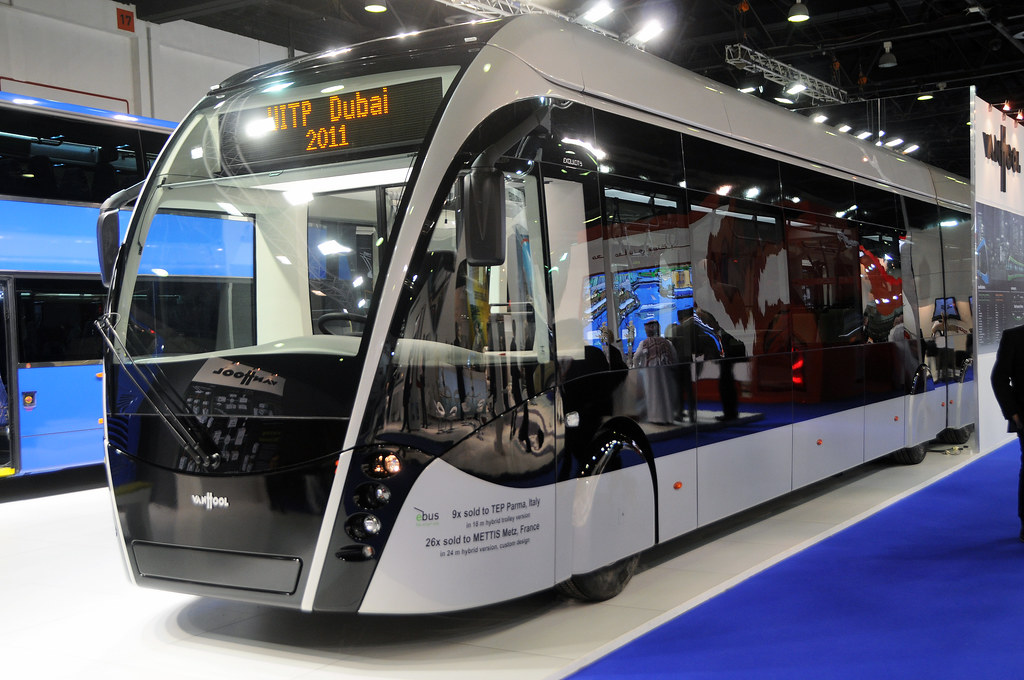The Silver Line has two segments. One goes from Roxbury into downtown Boston along Washington Street, while the other travels from South Station to Logan Airport. Only the latter line, known as the Waterfront system, can really be considered a busway. Even that is a bit of a stretch. Of the route's 9 miles, only about 1 moves along a completely dedicated road — most of that through a tunnel. The average speed of the line is only 14 miles per hour; that's actually slower than the previous system, because the buses must switch from diesel to electric before entering the tunnel. Still ridership has been high: increasing roughly 98 percent over the previous bus system.
The passenger increase hasn't been enough to earn the Silver Line many friends. The line was incredibly expensive, costing roughly $619 million. Many groups — again, including the Sierra Club — lobbied then-governor Mitt Romney to shift the project to light rail. In October John C. Berg, a political science professor at Suffolk University in Boston, aired a few grievances about the Silver Line system: airport-bound buses don't all have luggage racks; the line as a whole lacks pre-board payment; police do a poor job keeping bus lanes clear.
"The community asked for light rail; they said no, but BRT is just as good," Berg writes. "What the community got was neither; it’s just a regular bus line with a fancy paint job." A third phase of the line, which would also travel along an underground busway, has failed to generate significant interest, given its estimated cost of $2.1 billion.



